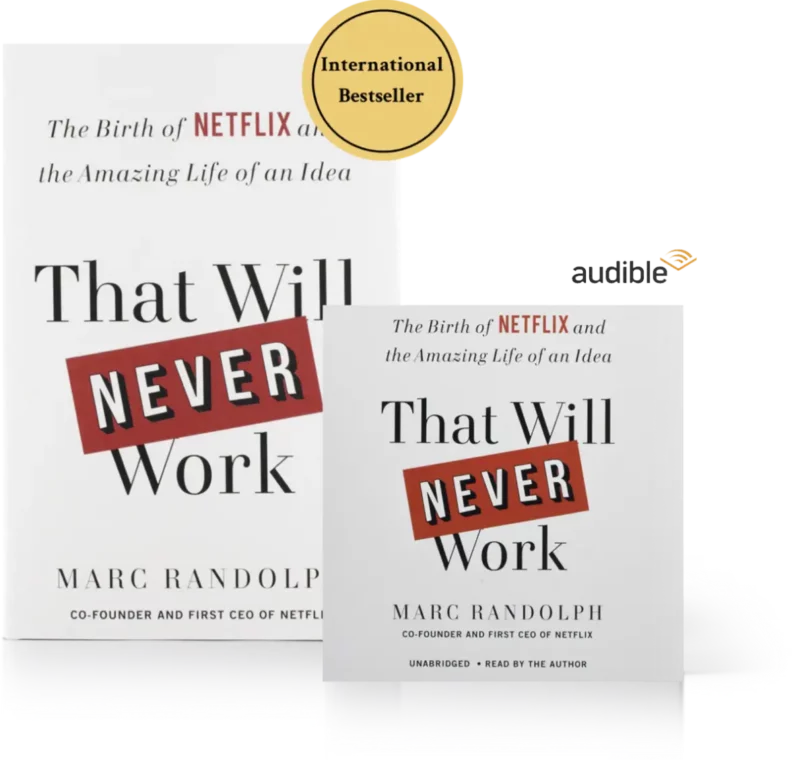Hardware is Different.
This is one of the reasons that doing a hardware startup is particularly challenging. Once you start, and have converted your idea into something physical, it’s very hard to change direction.

In 1997, when Netflix was just starting, our first warehouse was an old walk-in safe that happened to come with our first office in Scotts Valley. With less than a thousand DVD titles available, and a busy day consisting of twenty to thirty shipments, it wasn’t too hard to stay organized.
But a few years later, we had long since outgrown the safe, and now leased warehouse space in a nondescript office park in San Jose. We were now shipping hundreds of thousands of DVDs per month, but amazingly enough, everything — and I mean everything — was done by hand. We didn’t even have one of those roller systems for moving things from one place to the other. And perhaps the most surprising thing about this? It was on purpose.
We were certainly big enough that mechanical systems and automation would have helped, but as I described in an earlier post, automation is diametrically opposed to flexibility. While mechanical systems can repeat the same task over and over again with better accuracy and lower cost, they have a fatal flaw for an early-stage company: once put in place, they are very hard to change.
And as you know from so many of my earlier posts, I believe success is 1% inspiration and 99% iteration.
This is one of the reasons that doing a hardware startup is particularly challenging. Once you start, and have converted your idea into something physical, it’s very hard to change direction. Sure you can always change pricing, change your product description, or change your entire positioning – but the product itself is going to be largely set. Changing the actual design, feature set or configuration is a long, complicated, and expensive process. It’s why so many venture firms are so hesitant to invest in hardware based companies.
With hardware it becomes even more important to make sure that you have thoroughly validated your assumptions before you start – because unlike software or services – once you start, it’s going to be very difficult to change.
This week on the That Will Never Work podcast I tackle this very issue. My guest is Mike, founder of Pepper King, whose current mission in life is to build the ultimate $150 pepper grinder. Our call happened in the nick of time, since he’s still working in pencil (where it’s easy to make changes), but soon he’ll be moving to pen (which is a bit harder to erase) and soon after, he’ll have to whip out some plastic and begin paying for things.
Incredibly (to me, anyway) Mike already has his cad-cam drawing completed yet has done almost zero market validation – no research, no interviews, no domain expertise – so our session turned into a master class on some of the most effective techniques that I’ve found for validating an idea for a physical product before it’s actually been created.
As you’ll hear, it involves a combination of imagination (in figuring out just where you might be able to intersect with a potential user of your product) and initiative (in that you sometimes have to just screw up your courage and simply ask people).
Either way, in addition to hearing me dish out an extra-large helping of tough love to Mike, you’ll learn way more than you ever thought you would about pepper mills.
RECOMMENDED FOR YOU
Want to Make Things Easy for Your Team?
Podcast Episode 72
Is it a Culture Problem or a Hiring Problem?
October 25, 2022 • 38 min
